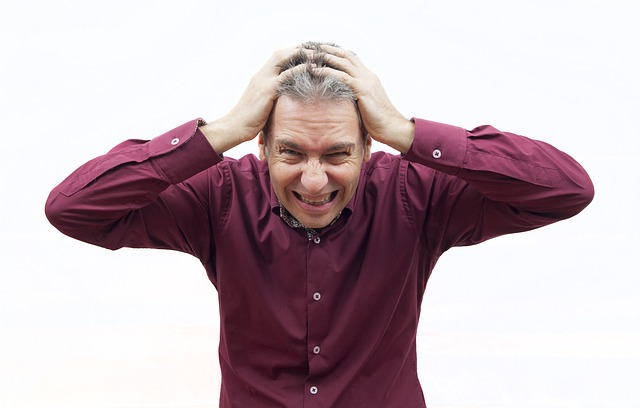Archive for July 2017
Sitting in Motion
When it comes to your spine, motion is health-giving
Lack of movement is one of the most common causes for missed work, early retirement and disability. It is a factor that often goes under the radar and accumulates over years of inactivity until it becomes a large problem. As an office of chiropractic, we can confidently say that lack of movement is responsible for many of the complaints we treat on a regular basis. We always say that while there is no silver bullet for solving back pain, there are things you can do to prevent it from happening in the first place. One of the most important of these factors is movement. If you are someone whose job requires them to sit for hours in front of a computer screen, sitting in motion is a good idea!
Maintaining a Normal Life Despite Joint Degeneration
Early detection of degenerative joint conditions is crucial
Osteoarthritis and osteoporosis are autoimmune disorders that contribute to the breakdown of joint cartilage and cause pain and stiffness in the joint areas. These are progressive degenerative conditions that get worse with time and, as of now, there is no known cure. However, that doesn’t mean we have to give up hope! At Family Chiropractic & Natural Healing Center, we focus on treating these conditions in a way that slows down the degeneration and allows you to live a normal life despite the symptoms. One thing that is crucial to our success in treating degenerative joint conditions is their early detection, which means that as soon as you suspect something isn’t right in your joints, it is worth checking in with a medical professional.
Stop Suffering from Spinal Stenosis
Spinal stenosis defined
Spinal stenosis is most commonly depicted as a narrowing of the spinal canal that affects the elderly. A common precursor to spinal stenosis is the crippling onset of arthritis which often reduces the amount of space between vertebrae and instigates a domino effect of problems. As the spinal cord and nerves become pinched, other symptoms begin to rear their ugly heads including:
- Sciatica
- Difficulty moving, standing and sitting
- Issues with bowel control
While there is no known cure for spinal stenosis, there are steps we can take to treat the condition symptomatically, focusing on pain reduction and maintaining a good level of movement.
Your Brain Tangling with Stress
The brain is the organ most affected by stress
Stress and the associated hormone cortisol are well known and studied for their effects on the body, but it is important to remember there is an equal and perhaps even more devastating effect on the brain. Symptoms of a brain exposed to stress for long periods of time mostly operate behind the scenes until they well up into something truly problematic. As if you needed more reasons to reduce your stress level, the brain is quite a compelling one.
The Physical Side of Stress
Stress is a key contributor to subluxation of spinal joints
While not all stress is bad, very few of us know how to achieve a balance between good and bad stress. By all accounts stress leads to tension and this manifests itself in your muscles: muscles all over the body contract in response to stressful stimuli, whether it be emotional or physical. A body rife with muscle tension is bound to be pulled out of balance- and in this scenario, a likely outcome is that your spinal joints can lose their normal position and exert pressure on spinal nerves.



